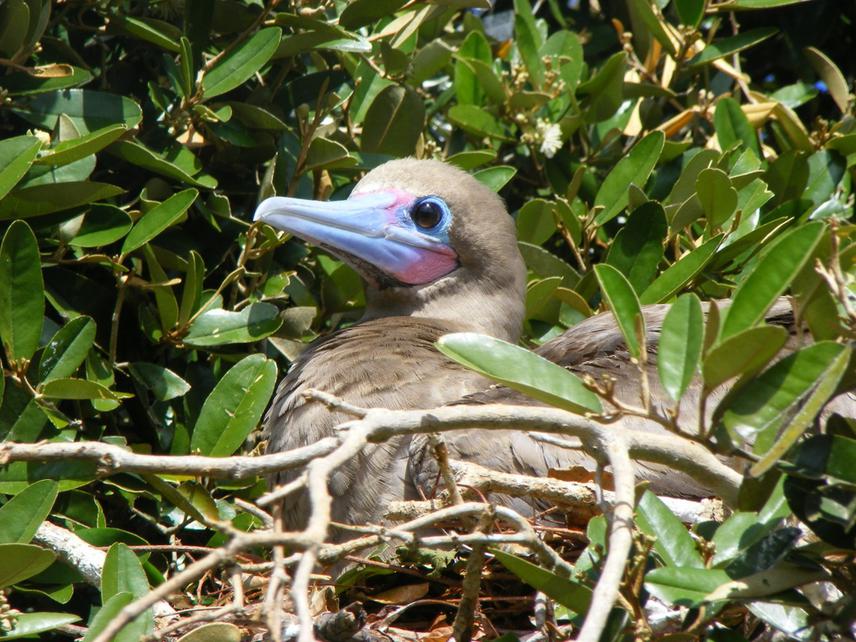Katharine Lowrie
The aim of the project is to produce the first, comprehensive, breeding seabird atlas of the Lesser Antilles and to share field methods and results with each country in the study area and the scientific community, to direct future seabird conservation.

In partnership with Environmental Protection In the Caribbean (EPIC), Katharine and David Lowrie are producing a Seabird Breeding Atlas of the Lesser Antilles. Eighty percent of seabird species are declining globally (Bird Life International) in the Lesser Antilles, breeding seabirds are affected by habitat destruction and disturbance, invasive predators and harvesting of eggs, chicks and adults. Historical records and anecdotal evidence suggests that seabird populations are declining in the area, but a complete database for the size and distribution of breeding colonies does not exist. The intention of the project is to produce this by surveying every island, cay and rock in the study area.
The research began in February 2009, but it proved dangerous. Seabirds nest on remote, wave-battered islands/coastlines that have generally not been chartered. During the field season, the Lowries’ boat grounded on rocks, drifted out to sea after shearing through two, three inch ropes in heavy swell and tore the anchor winch from the deck. Strong currents nearly swept them away when swimming to one island and crashing waves pounded them against cliffs when landing by kayak. Nobody else has been able to do the work and the data is desperately needed. To allow safer landings, a motorised dinghy was sought from RSG. The dinghy also reduces CO2 emissions (a saving of c.600kg of CO2 compared to their 35 tonne boat) and allows greater survey efficiency.
Each island is surveyed twice, once during the peak breeding season for the returning migrants and once for the year round breeders or those with peak breeding seasons at the start of the year. The data collected informs the number of breeding pairs. Evidence of invasive species is recorded, including setting rat traps. All methods are detailed and shared with governments to ensure repeatability in future monitoring.
Meetings, presentations and workshops are held with the governments, interest groups and media, focusing on: the project, seabird ecology, seabird identification, importance of seabirds, field methods, results and future conservation. The Atlas will be available to all, on line, at the end of 2010.
The seventy-five year old, wooden gaff ketch sailing boat, Lista Light, owned by Katharine and David Lowrie is their office, equipment store room, home, transport and survey vessel for the islands that cannot be surveyed by dinghy. The Lowries live in a sustainable way as possible: harnessing solar, wind and wave energy, collecting rainwater, composting, recycling and using ecologically sound washing products.